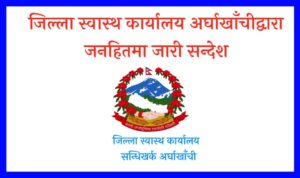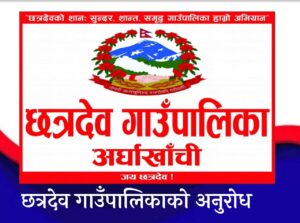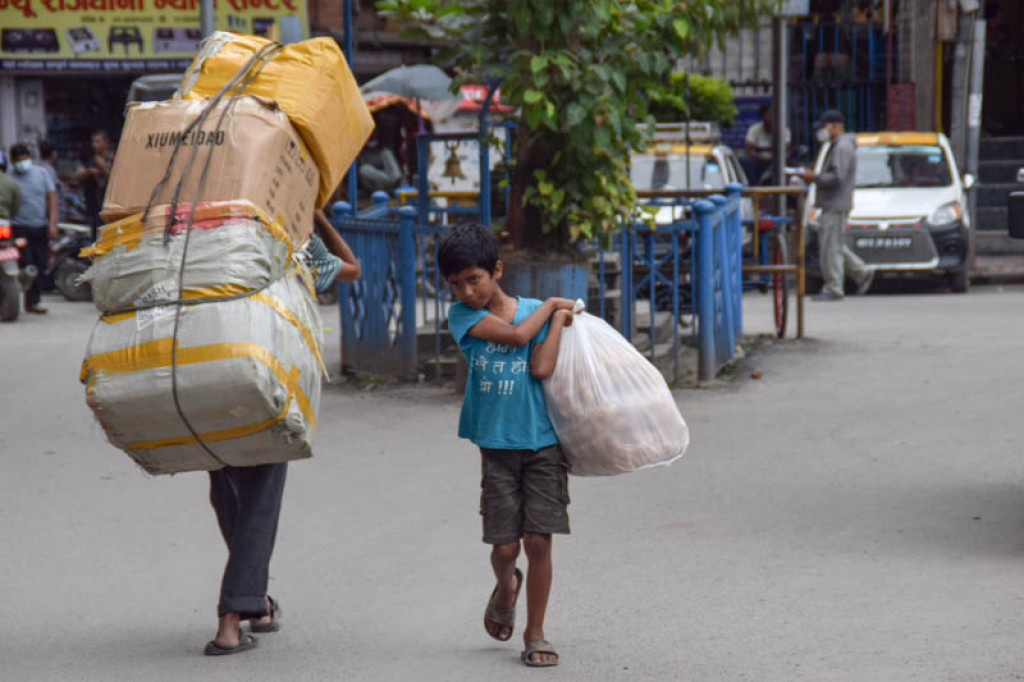

-HRITIKA SHARMA
Poverty, economic deprivation, illiteracy and lack of awareness is giving a leeway to exploit children through child labor in Nepal. Millions of children in Nepal live under exploitative and harsh conditions due to poverty. Natural disasters and economic recessions make matters even worse for Nepali children.

Based on the national data of Nepal’s Central Bureau of Statistics (2021), among the 7 million children between the age of 5 and 17 in Nepal, 1.1 million (15.3%) children are subjected to child labor. The Constitution of Nepal safeguards the rights of children and ensures that every child is protected by the law. Article 51 and 39 of the Constitution of Nepal (2015), guarantees child rights. Article 29 of the constitution states that all people should be free from exploitation, bonded labor and slavery. The Child Labor (Prohibition and Regulation) Act, conceded by the Government of Nepal in the year 2000, prohibits the engagement of children below 14 years in any kind of employment or labor work. However there is a lack of implementation. Chairman of the National Child rights Protection Network, Prakash Khatiwada has spoken out about the necessity of implementing policies to reduce child labor in Nepal.
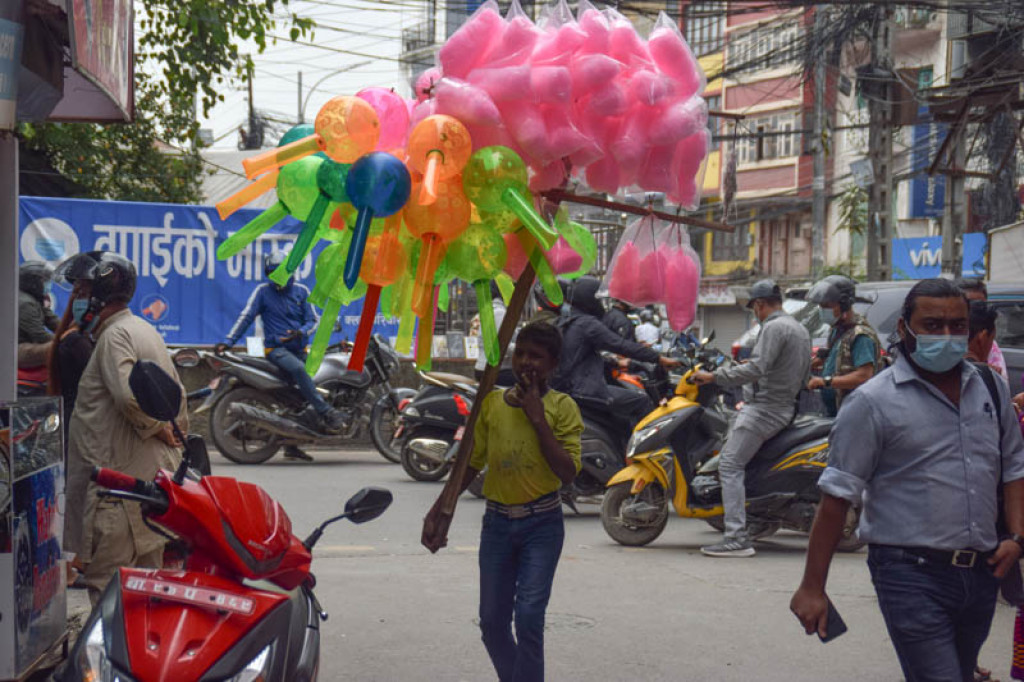
Recent studies on child labor in Nepal, have revealed a serious concern about children involved in hazardous labor. Numerous studies have indicated that a significant amount of children work in the brick kiln industry. Children working in these brick kiln factories often have no health facilities and proper safety attire to protect themselves from work accidents. This year, it was confirmed that the brick industry in Dang employed more than 300 children.

Even in the urban province of Bagmati, more than 6,000 children are involved in hazardous labour despite government restrictions. These children have to work for 16 hours daily even though they do not get paid properly. Many children at work are subjected to indecent behaviour hampering their physical and emotional wellbeing. The globalised economy and extreme competitiveness is raising the demand for cheap labour in the world. This has specific implications for children. Studies have shown that international mandates and rights based programs are not able to sufficiently cater for the needs of poor children and their families in Nepal.

One of the key factors influencing a child’s involvement in income generation from an early age is found to be school education. Children who are not enrolled in formal education are likely to be employed from an early age in Nepal. Studies have revealed that a child’s labour market participation as a wage labourer puts the biggest obstacle to her/his school enrollment. Improving children’s welfare through the intervention of social labelling NGOs is an effective way of increasing child schooling
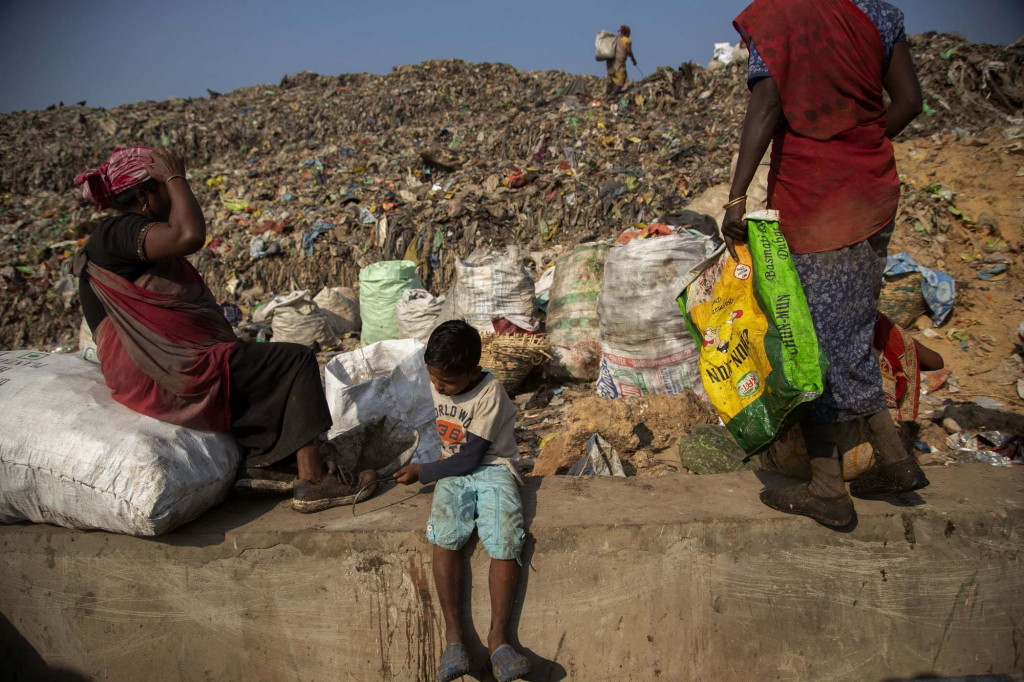
Senior officer of Societas Socialis (SOS) Nepal a leading NGO working for the welfare of children in Nepal, Rama Karki confirms to have received many children who were victims of child labor. According to the national data of SOS Nepal, there are currently 23,132 children without parental care in Nepal, while 37.4% of children between the age of 5 and 17 are subjected to child labor.

Children from socially and economically marginalised communities in Nepal are more likely to engage in child labor. In such a situation, parents themselves are forced to send their children for wage labour in order to survive. Both rural and urban poverty rates of Nepal are very high, exceeding 15 percent which leads inevitably to child labor. Poverty reduction is crucial to reducing child labor as financial deprivation of the family is a key factor that makes children vulnerable to child labor in Nepal. In such a dismal situation, there is an acute necessity to ensure the rights of children in Nepal.
photo/Source- Nepal news
